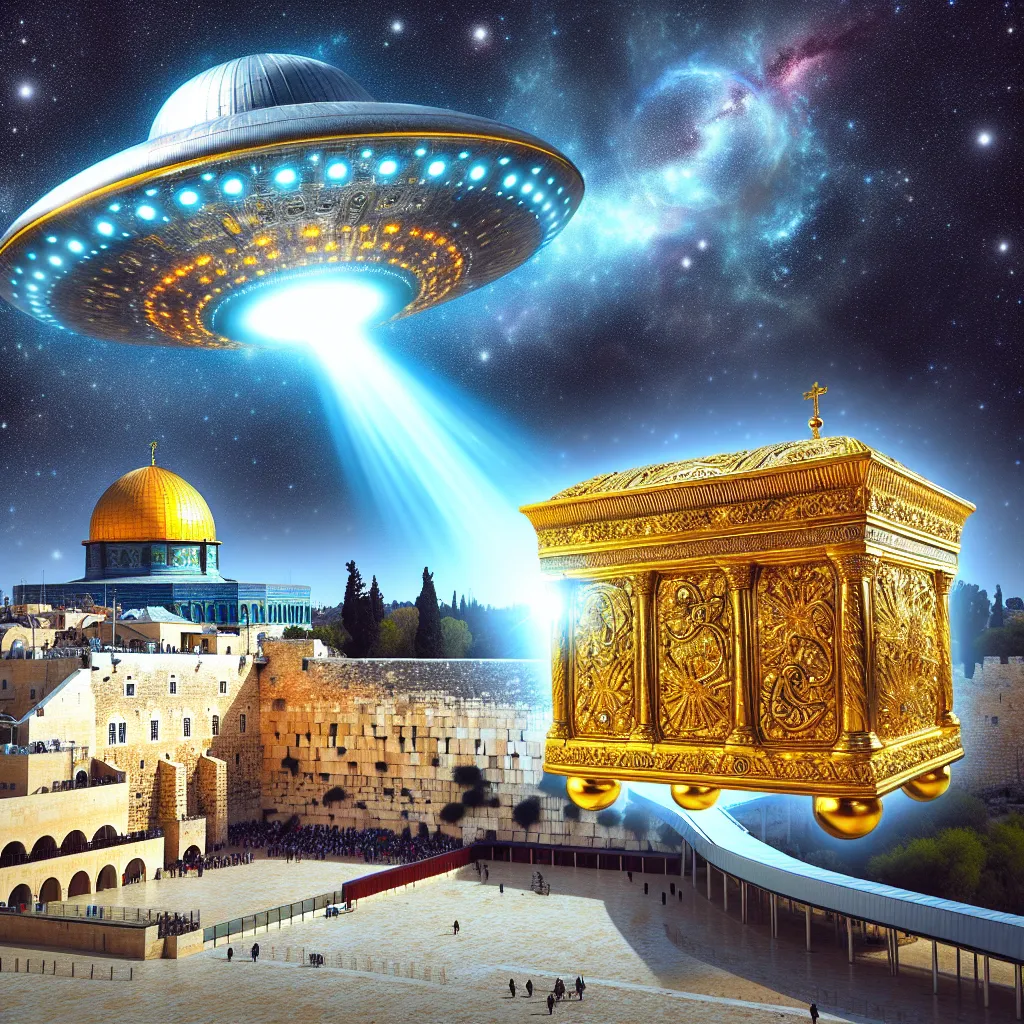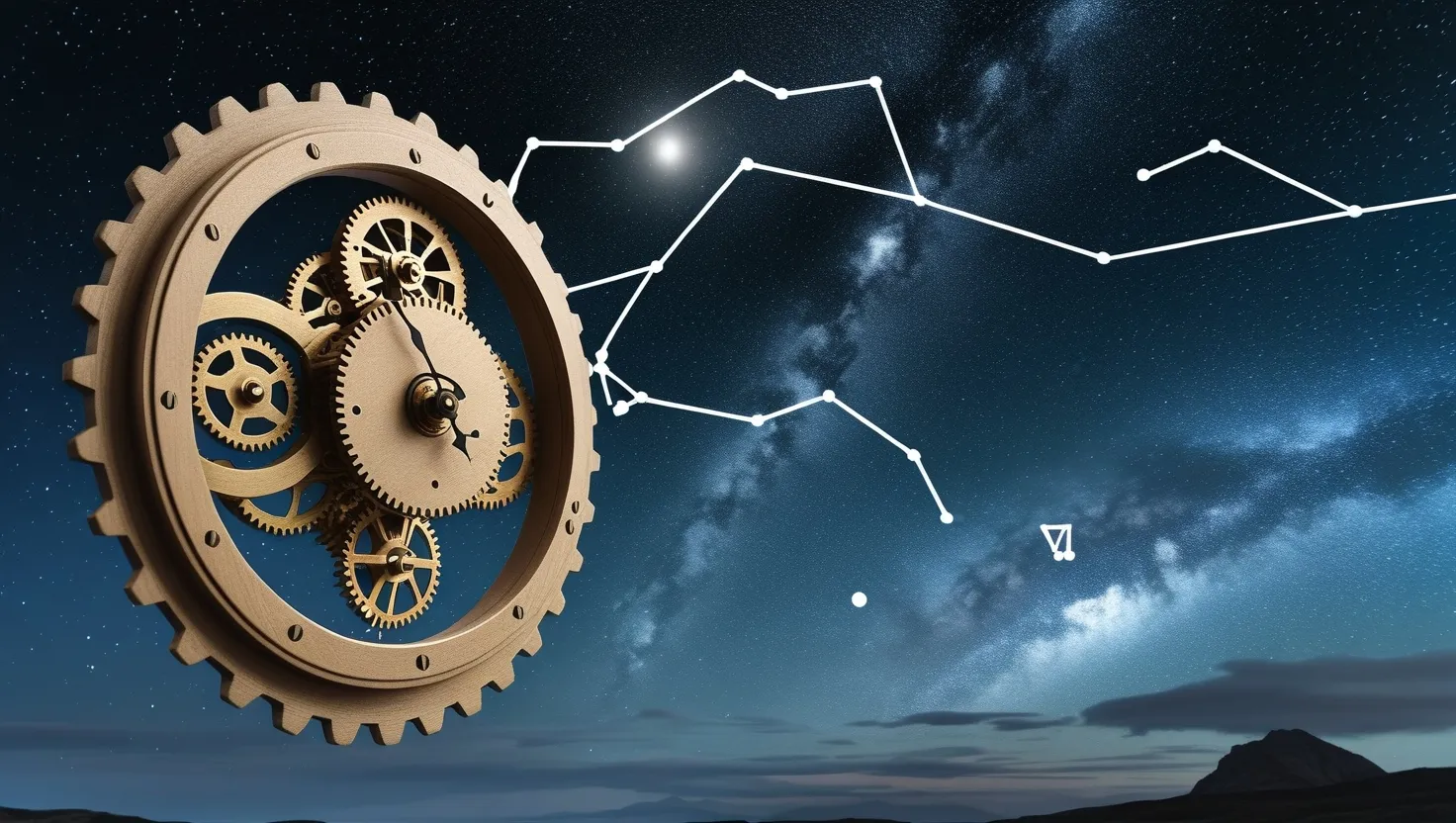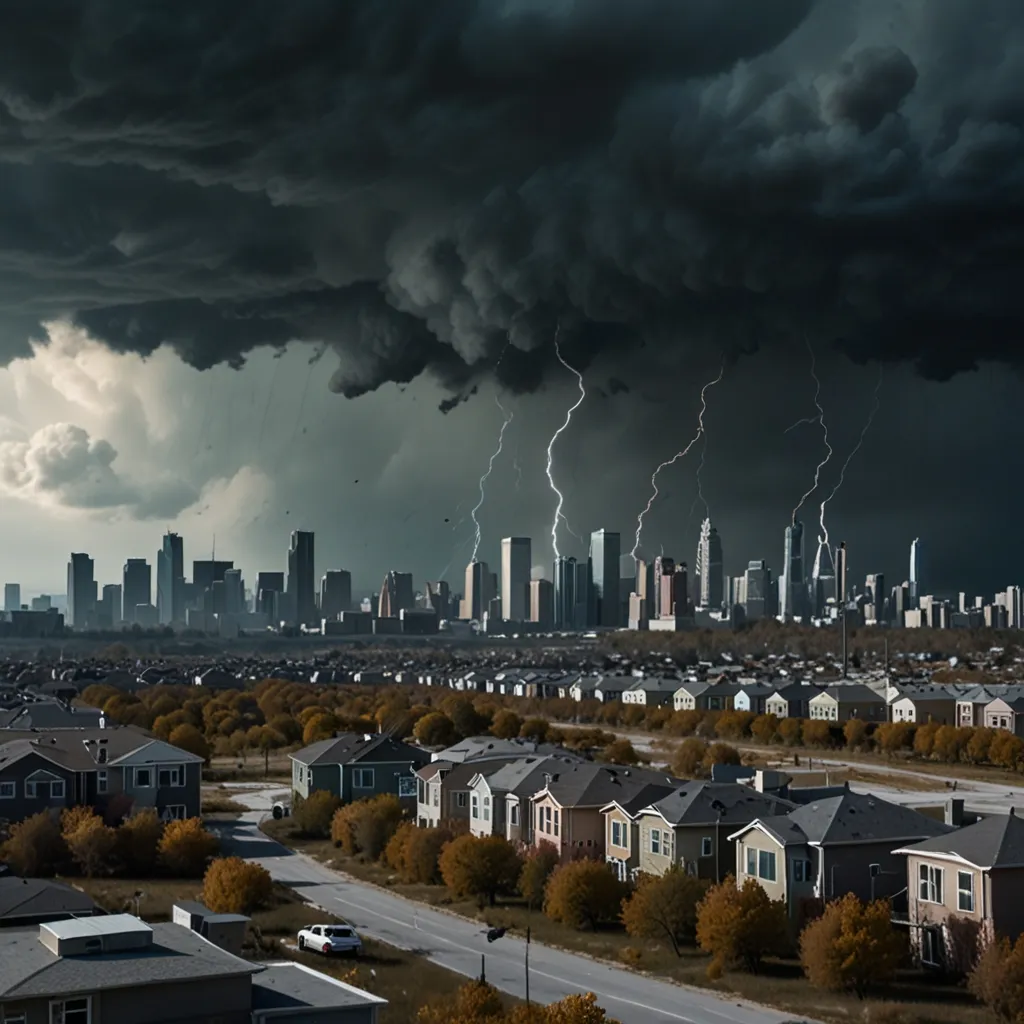Since the dawn of the nuclear age, UFO sightings have been a constant, especially around nuclear weapons tests and facilities. This connection stirs curiosity, especially when paired with sightings like the 2011 incident over the Dome of the Rock in Jerusalem, where a UFO emitted a flash of light before vanishing into the sky. Some theorize this craft was searching for the Ark of the Covenant, an artifact of tremendous historical and religious significance.
The Ark of the Covenant, referenced over 200 times in the Bible, is shrouded in mystery. It is described as a wooden chest covered in gold, with a powerful presence that led the Israelites through the desert, parted rivers, and brought down the walls of Jericho. According to the Bible, God instructed Moses on how to build it to house the stone tablets of the Ten Commandments.
This sacred relic has eluded historians and archaeologists for centuries. Several theories have emerged over time. Some suggest the Ark might be a sophisticated technological device. One theory posits that it was an electrical capacitor capable of generating lightning or electric shocks. Another suggests it used nuclear power, containing radioactive materials capable of unleashing devastating energy. Historical accounts, including those of the Ark causing tumors and sickness among the Philistines, hint at the potential for radiation.
The Ark’s last known location was the Temple Mount in Jerusalem. In 587 BC, Jerusalem fell to the Babylonians, who looted the temple’s treasures. However, meticulous Babylonian records do not list the Ark among their spoils, leading to speculations about its fate.
In their quests, many have sought the Ark, including the infamous Copper Scroll and theories suggesting it was hidden in networks of tunnels beneath the Temple Mount, moved to Ethiopia, or even safeguarded by the Knights Templar during the Crusades. The Ethiopian claim is particularly compelling; the Church of Our Lady Mary of Zion in Aksum claims to house the Ark. However, access is restricted, and skepticism remains due to the claimed guardians’ short life spans and the symptoms they experience, possibly from radiation exposure.
Other legends place the Ark in Roslyn Chapel in Scotland, Oak Island in Nova Scotia, and even the Vatican’s secret archives. Each tale adds to the tapestry of intrigue surrounding this elusive relic.
Despite numerous theories and legends, the Ark’s current location remains uncertain. While the search continues, it’s essential to remember the potential global ramifications of its discovery. The Ark represents a profound religious symbol that could ignite conflict if found today, possibly sparking disputes among major world religions.
For now, the Ark of the Covenant remains a captivating mystery. As fascinating as it would be to uncover its secrets, perhaps some mysteries are best left unsolved, ensuring peace remains intact.






